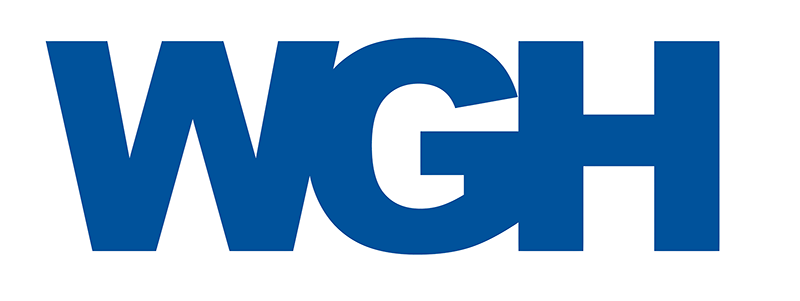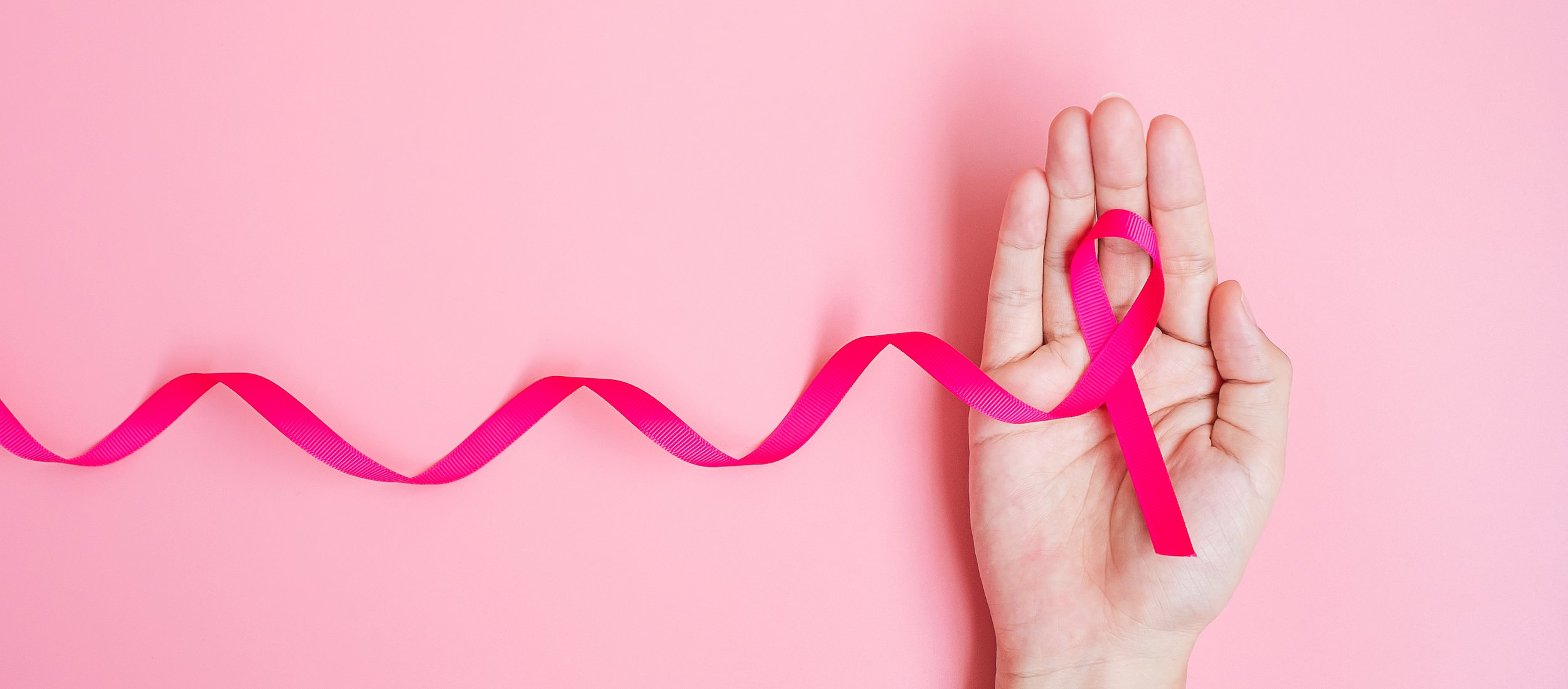October is Breast Cancer Awareness Month
October is a month of vibrant colors, falling leaves, and pumpkin spice everything! However, it's also a month dedicated to an important cause: cancer awareness. Breast Cancer Awareness Month is a global campaign that takes place every October to raise awareness about breast cancer, its risks, and the importance of early detection.
Breast Cancer Awareness Month, marked by the iconic pink ribbon, has been observed annually since its inception in 1985. Its primary goals are to educate, raise awareness, and encourage early detection of breast cancer, which can greatly improve the chances of successful treatment.
When to Start Getting Checked for Breast Cancer
Breast cancer can affect people of all ages and genders, but it's most commonly diagnosed in women. The age at which women should start getting checked for breast cancer can vary depending on individual risk factors and guidelines from healthcare organizations. However, the following are general recommendations:
Self-Exams: Starting in their 20s, women are encouraged to perform monthly breast self-exams. These self-checks can help individuals become familiar with their own breast tissue and detect any changes early.
Clinical Breast Exams: Women in their 20s and 30s should have a clinical breast exam by a healthcare professional every three years. After the age of 40, these exams should be done annually.
Mammograms: Mammograms, X-ray images of the breast tissue, are recommended for women starting between the ages of 40 and 50. The frequency of mammograms may vary based on individual risk factors and healthcare provider recommendations.
High-Risk Individuals: Women with a family history of breast cancer or other risk factors, such as certain genetic mutations, should discuss their screening plan with a healthcare provider. They may need to start screenings earlier or have them more frequently.
Why Early Detection Matters
Detecting breast cancer at an early stage significantly increases the chances of successful treatment and survival. Here are some reasons why early detection is crucial:
Smaller Tumors: When breast cancer is detected early, tumors are typically smaller and have not spread to other parts of the body, making them easier to treat.
Less Aggressive Treatment: Early-stage breast cancer often requires less aggressive treatments, such as surgery or radiation, which can lead to fewer side effects.
Improved Survival Rates: Early detection can substantially improve survival rates. Many women diagnosed with early-stage breast cancer can expect to live long and healthy lives after treatment.
Quality of Life: Early detection may also preserve the quality of life by reducing the physical, emotional, and financial burdens associated with advanced-stage cancer.
October is not only a month for fall foliage but also a time to focus on cancer awareness, particularly breast cancer. Early detection through regular screenings and self-exams can save lives. Women should start getting checked for breast cancer in their 20s or 30s, with mammograms typically recommended starting at age 40. However, it's essential to consult with a healthcare provider to create a personalized screening plan based on individual risk factors. By spreading awareness and taking proactive steps towards breast health, we can work towards a future where breast cancer is detected early and treated effectively, increasing the chances of survival and overall well-being.


